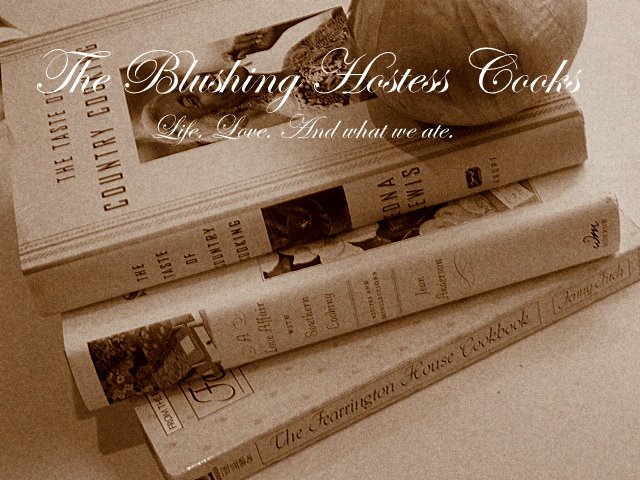
Yes, that is both a plain brioche and baby chocolate brioche. And they were made by none other than the Hostess. I took this picture after much leaping, dancing, and patting myself on the back.
Look, if you have a Kitchen Aid mixer with dough hook, this is going to be so easy you will wonder why you ever bought brioche (or paid $8 for a small loaf. Hey there, Bouley Bakery!) at the store. Frankly, I was not really digging the idea of making my own bread, and you know why. Let's just say, it is not my strong point.
I want to much from home made bread. It wants to deliver to little. There was no middle ground. Neither one of us forgave each other until Julia Child's White Bread recipe. Now, I am in the bread game with a vengeance.
A few weeks ago I was reminded to get moving on the bread front by A Hunger Artist and his mention that his new rule in his house is that if they need bread, they will bake it. It's just not that hard. And frankly, my pal Chandler was right when she said, "We should always caution ourselves against becoming too particular." I made it because I could and because I am in north Florida where the food selection is abysmal on the best day. Hoping for brioche here is literally a pipe dream. If you want it, you better figure out how to make it, ya'll.
This rose on its own overnight and was not one stitch of trouble. It is a perfect loaf of bread. So easy, cavemen did it.
Olive Oil Brioche
adapted from Patricia Wells, At Home in Provence
Makes 2 loaves in brioche molds or one large, free hand, round loaf
I made the baby chocolate brioche by forming small rolls around a square of bittersweet chocolate as suggested by the book. It was fine but as time goes by I will probably find a way
of improving this method... just okay for now.
1 teaspoon active dry yeast
1 teaspoon sugar
1 teaspoon lukewarm water
1/4 cup extra virgin olive oil
2 large eggs, at room temperature, beaten
2 teaspoons fine sea salt
1 tablespoon water
Approximately 5 cups of flour
Olive oil for greasing the bowl
1 beaten egg yolk, for egg wash
In the bowl if a mixer with a bread hook, combine the yeast, sugar, and water. Stir gently to blend and dissolve the yeast. Allow to stand for five minutes. If the mixture foams, continue. If if does not, you must discard the mixture and begin again.
Add the olive oil, eggs, salt, and water. Stir again to combine.
Place the paddle on the mixer and begin to add the flour, a little at a time until most of the flour has been absorbed and the dough forms a ball. Change to the dough hook attachment and continue machine kneading until the dough is soft and pliable but remains firm. Add additional flour as needed to prevent the dough from becoming sticky during the kneading.
Brush a large bowl with olive oil. Transfer the dough to the bowl and turn over once to coat the top with oil. Cover with plastic wrap and place in the fridge. Let the dough rise in the fridge overnight until double or triple in size: 8 hours at least.
Remove the dough from the fridge. Punch down the dough int he bowl. If making two loaves in molds, divide the dough in half placing one half in each of the non-stick pans. Cover with plastic wrap. Allow to rise 2 hours at room temperature at least, though more would be best to get slightly lighter bread. If making a free form ring loaf, remove dough from bowl, and shape into a ring on an ungreased cookie sheet. Place a teacup in the center to prevent the center from being filled in during the final rise. Cover with plastic wrap. All the ring to rise 2 hours at room temperature at least, though more would be best.
Here is a picture of the final rise:
 Preheat the over to 400 degrees. Remove plastic wrap and teacup. and brush all over with the egg yolk for glaze. Place in the oven and bake until brioche is golden brown. About 30 minutes.
Preheat the over to 400 degrees. Remove plastic wrap and teacup. and brush all over with the egg yolk for glaze. Place in the oven and bake until brioche is golden brown. About 30 minutes.Remove from the oven and transfer the loaf or loaves to a rack to cool. Keeps a couple of days or freezes well.







No comments:
Post a Comment